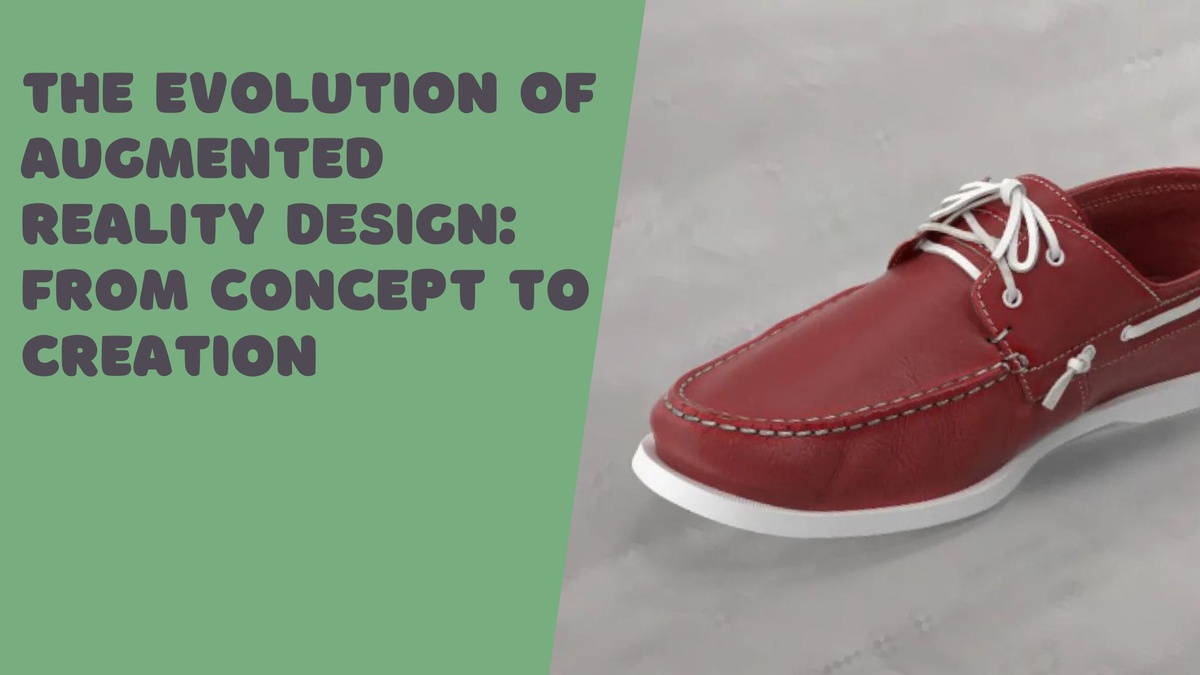In recent years, the field of augmented reality (AR) has witnessed a remarkable evolution, transforming from a futuristic concept into a tangible and transformative technology that is shaping various industries. This shift has been greatly propelled by the innovative work of augmented reality design agencies, which have played a pivotal role in refining and actualizing AR experiences. Let's delve into the fascinating journey of AR design, exploring how it has evolved from concept to creation.
The Early Days: Conceptualizing AR
Augmented reality, as a concept, emerged with ambitious visions of overlaying digital information onto the real world through advanced technology. The earliest ideas stemmed from science fiction and speculative research, envisioning a future where digital elements seamlessly integrate with our physical environment. It was a concept that sparked the imagination of tech enthusiasts and designers alike.
Pioneering Technologies
The evolution of AR design was closely tied to the development of enabling technologies. Key milestones included the advent of smartphones with sophisticated sensors and processing power, which made AR accessible through mobile apps. Additionally, advancements in computer vision, 3D modeling, and spatial tracking systems laid the groundwork for more immersive and responsive AR experiences.
AR Design Agencies: Shaping the Landscape
As the potential of AR became apparent, specialized design agencies began to emerge, dedicated to pushing the boundaries of this technology. These agencies brought together multidisciplinary teams comprising UX/UI designers, 3D artists, software engineers, and AR specialists. Their mission: to bridge the gap between concept and reality, crafting compelling and functional AR solutions.
From Concept to Creation
The journey of an AR project typically begins with ideation and conceptualization. Design agencies collaborate closely with clients to understand objectives, target audience, and context. This phase involves sketching out user journeys, storyboarding interactions, and defining the visual style.
Next comes prototyping and iterative design. AR designers leverage tools like Unity, Unreal Engine, and specialized AR development kits to bring concepts to life in a virtual space. They refine interactions, test usability, and iterate based on feedback to ensure a seamless and engaging user experience.
Challenges and Innovations
AR design isn't without its challenges. Designers must contend with technical constraints, such as device compatibility and performance optimization, while maintaining a focus on user-centric design principles. However, these challenges fuel innovation, prompting agencies to explore novel solutions and experiment with emerging technologies like spatial computing and wearable AR devices.
The Impact on Industries
Today, AR design agencies are transforming industries across the board. From retail and marketing to healthcare and education, AR is revolutionizing how businesses engage with their customers and stakeholders. Immersive product experiences, virtual try-ons, interactive training modules—these are just a few examples of AR applications that are reshaping traditional practices.
Looking Ahead: The Future of AR Design
The evolution of augmented reality design is far from over. As technology continues to advance, we can expect even more sophisticated AR experiences that blur the lines between digital and physical realities. Design agencies will continue to lead this charge, harnessing creativity and innovation to unlock the full potential of AR across diverse sectors.
In conclusion, the evolution of augmented reality design—from its conceptual origins to its current state of innovation—demonstrates the transformative power of human imagination and technological progress. As we embrace this exciting era of AR, we can anticipate that design agencies will remain at the forefront, shaping the way we interact with and experience the world around us.
If you're considering embarking on an AR project or seeking to leverage AR for your business, partnering with a specialized augmented reality design agency can be the key to unlocking groundbreaking experiences that captivate and inspire. As we witness the evolution of AR design, one thing is certain: the future promises to be even more immersive and extraordinary than we can imagine.


No comments yet